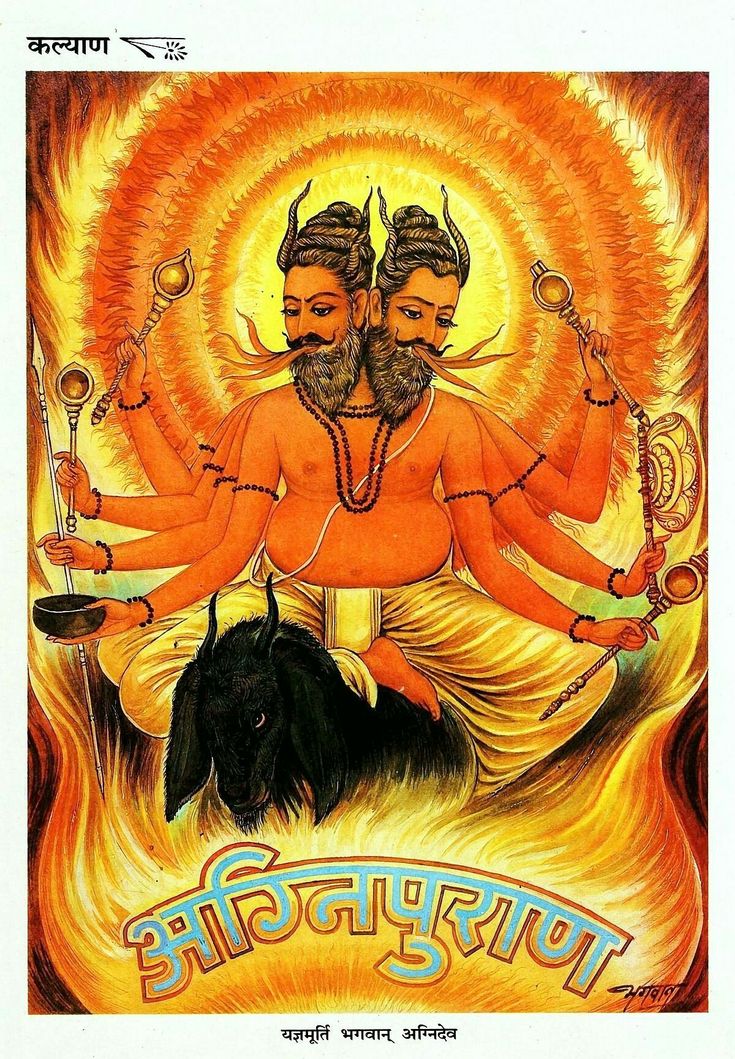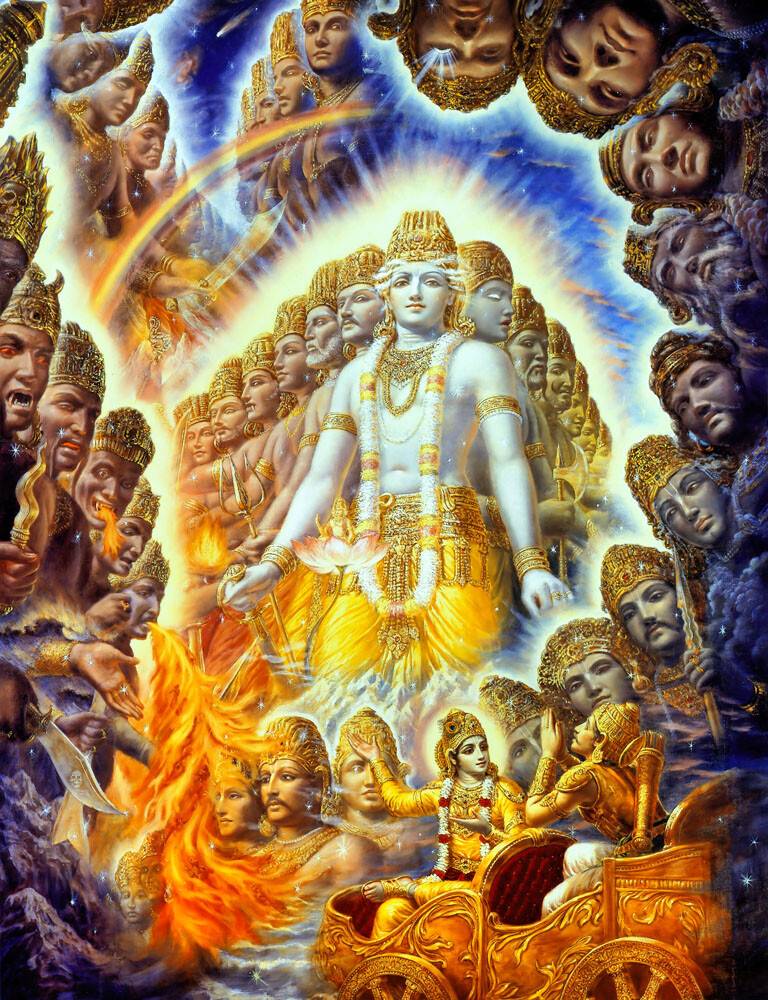Understanding Kundalini: The Spiritual Energy Within
Kundalini is a complex and multifaceted concept rooted in ancient Indian spiritual traditions, primarily found within Hinduism and Tantra. It refers to a form of divine energy believed to reside at the base of the spine, often depicted as a coiled serpent. The awakening and rising of this energy through the chakras can lead to profound spiritual experiences and self-realization.
Historical Context
Origins in Ancient Texts
The concept of Kundalini is mentioned in various ancient scriptures, including the Upanishads, the Yoga Sutras of Patanjali, and the Bhagavad Gita. These texts provide insights into the nature of consciousness and the universe, laying the groundwork for understanding Kundalini.
Upanishads: These philosophical texts delve into the nature of reality and the self. The Katha Upanishad discusses the relationship between the individual soul (Atman) and the universal soul (Brahman), emphasizing the importance of inner awakening.
Yoga Sutras of Patanjali: This foundational text of yoga outlines the eight limbs of yoga (Ashtanga), emphasizing meditation and self-discipline as pathways to enlightenment.
Tantra and Kundalini
Tantric practices, which arose around the 5th century CE, further elaborate on the concept of Kundalini. Tantra emphasizes the union of the individual soul with the divine through various rituals, meditations, and physical practices. It views Kundalini as a transformative energy that, when awakened, can lead to spiritual enlightenment.
The Chakras and Kundalini
Kundalini is often associated with the chakras, which are energy centers located along the spine. Each chakra corresponds to different physical, emotional, and spiritual aspects of being. There are seven primary chakras:
- Muladhara (Root Chakra): Located at the base of the spine, it represents stability and grounding. It is associated with survival instincts and basic needs.
- Svadhisthana (Sacral Chakra): Located in the lower abdomen, it governs creativity, sexuality, and emotional expression.
- Manipura (Solar Plexus Chakra): Situated in the upper abdomen, it relates to personal power, confidence, and will.
- Anahata (Heart Chakra): Located in the center of the chest, it embodies love, compassion, and connection to others.
- Vishuddha (Throat Chakra): Situated in the throat, it is associated with communication and self-expression.
- Ajna (Third Eye Chakra): Located between the eyebrows, it represents intuition and insight.
- Sahasrara (Crown Chakra): At the top of the head, it signifies spiritual connection and enlightenment.
The Journey of Kundalini Awakening
The journey of Kundalini awakening involves the ascent of this energy through the chakras, leading to greater awareness and spiritual insight. This process is often facilitated through practices such as yoga, meditation, breath control (pranayama), and mindfulness.
Stages of Awakening
- Preparation: Before awakening, individuals often engage in spiritual practices to purify the body and mind. This may involve physical asanas, dietary changes, and ethical living.
- Awakening: The Kundalini energy begins to rise from the root chakra. This can manifest as physical sensations, emotional releases, or altered states of consciousness.
- Activation: As Kundalini ascends, it passes through each chakra, often leading to intense experiences such as visions, heightened intuition, and emotional catharsis.
- Integration: After the initial awakening, individuals work to integrate these experiences into their daily lives, often finding a new sense of purpose and connection.
- Enlightenment: The ultimate goal of Kundalini awakening is self-realization and union with the divine. This state is characterized by profound peace, love, and understanding.
Practices to Awaken Kundalini
Yoga
Yoga is perhaps the most well-known practice for awakening Kundalini. Various styles, such as Hatha, Kundalini Yoga, and Kriya Yoga, focus on the breath, movement, and meditation to facilitate the awakening process.
Kundalini Yoga: Developed by Yogi Bhajan in the 1960s, this practice combines physical postures, breathwork, chanting (mantras), and meditation to awaken Kundalini energy.
Hatha Yoga: This traditional form of yoga emphasizes physical postures and breath control to prepare the body for spiritual practices.
Meditation
Meditation is a crucial component of the Kundalini awakening process. Techniques such as mindfulness, visualization, and mantra meditation can help individuals connect with their inner selves and facilitate the flow of energy.
Mantra Meditation: Chanting specific mantras can help focus the mind and raise vibrational energy, aiding in the awakening process.
Breath Control (Pranayama)
Pranayama, or breath control, is an essential practice in many yogic traditions. Techniques such as alternate nostril breathing (Nadi Shodhana) and Kapalabhati (skull shining breath) help to regulate energy flow and prepare the body for Kundalini awakening.
Sound and Music
Certain sounds and frequencies can influence the flow of energy within the body. Sound healing, chanting, and listening to specific music can enhance the Kundalini experience.
Lifestyle and Diet
Adopting a balanced lifestyle and a vegetarian or vegan diet is often recommended for those seeking to awaken Kundalini. This approach supports physical health and emotional well-being, creating a conducive environment for spiritual growth.
Challenges and Risks
While Kundalini awakening can lead to profound spiritual experiences, it can also present challenges and risks. Some individuals may experience:
Physical Discomfort: As energy moves through the body, individuals may encounter physical sensations, pain, or tension.
Emotional Turmoil: Awakening can bring repressed emotions to the surface, leading to periods of emotional instability.
Psychological Effects: In some cases, individuals may experience altered states of consciousness, confusion, or even psychosis if the energy is not properly managed.
To mitigate these risks, it is crucial to approach Kundalini awakening with caution. Working with a knowledgeable teacher or spiritual guide can provide support and guidance throughout the process.
Conclusion
Kundalini is a powerful spiritual force that offers the potential for profound transformation and self-realization. By understanding its origins, the associated chakras, and the practices that facilitate awakening, individuals can embark on a journey of inner discovery and spiritual growth. However, this journey requires respect, caution, and a commitment to personal and spiritual development. As we explore the depths of our consciousness and awaken the Kundalini within, we can connect more deeply with ourselves and the universe, ultimately realizing our true potential.

